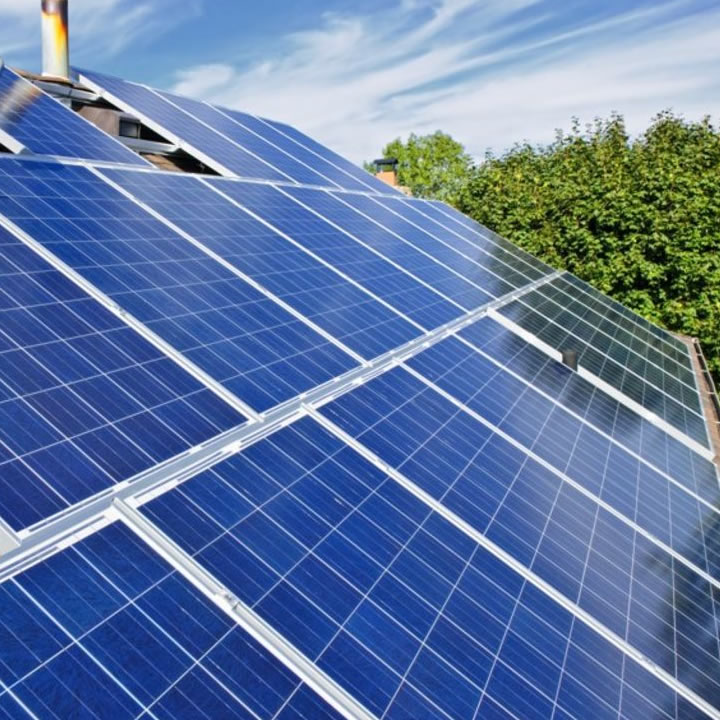Solar energy’s promise of clean and sustainable power is a fascinating concept that has taken the world by storm. One of the key components of every solar panel system is the inverter – the key to unlocking the sun’s potential and converting its energy into usable electricity.
The Need for the Right Inverters in Solar Panel Systems: Converting DC to AC Power
Solar energy’s promise of clean and sustainable power is a fascinating concept that has taken the world by storm since we learned to harness it.
One of the key components of every solar panel system is the inverter – the key to unlocking the sun’s potential and converting its energy into usable electricity. Today, we look into the significance of inverters in conducting solar power.
Why You Need a Fitting Inverter for Your Solar Panels
Solar panel systems generate two types of power; photovoltaic and thermal power. Photovoltaic power converts sunlight into electricity using solar cells, while thermal power utilizes sunlight to heat a fluid that can be used for heating or power generation.
These panels capture sun rays and convert them to electricity in the form of direct current (DC). Unfortunately, our homes, schools, and workplaces run on a different form of electricity – alternating current (AC).
Without the aid of inverters in converting DC power to AC, the sun’s power would remain an enigma to us, unable to be converted for daily energy demands.
Converting DC to AC Power
Inverters bridge the gap between your solar panel system and household electrical infrastructure, ensuring seamless compatibility. They allow us the ability to harness clean energy, reducing our reliance on fossil fuels and making significant strides toward a greener future.
However, inverters of various types from different manufacturers all come with their unique strengths and applications and contribute to the diverse landscape of solar panel systems.
So, selecting the right type of inverter based on your solar setup’s specific needs and requirements is crucial.
Types of Inverters
There are different types of inverters used in solar panels and solar panel installation. Some common types include:
String inverters: These are the simplest, cheapest, and most common type of inverters that connect a series of solar panels to a single inverter that converts the total DC power to AC power.
They are best suited for solar systems with simple roof designs, minimal shading, and uniform orientation.
Power optimizers: These are a combination of string inverters and power optimizers, which are devices that attach to each solar panel and optimize the DC power output before sending it to a central inverter.
They are best suited for solar systems with complex roof designs, partial shading, or intricate orientations. Also, though they are more expensive than string inverters, they offer higher efficiency and performance.
Microinverters: These devices attach to solar panels and convert DC to AC power individually. They are the most expensive option but offer the highest efficiency, performance, and flexibility.
Efficiency plays a pivotal role in this realm. An inverter’s efficiency directly affects how effectively it converts DC power into AC power.
The higher the efficiency, the less energy is wasted during conversion. Therefore, choosing an efficient inverter maximizes the usable electricity generated, optimizing the overall performance of the solar panel system.
Conclusion
Inverters, the unsung champions of solar power, deserve our applause and appreciation.
They hold the key to unlocking the true potential of renewable energy. Embracing solar power and recognizing the importance of inverters is not only an environmentally conscious choice but also a step towards a world powered by the everlasting brilliance of the sun.

